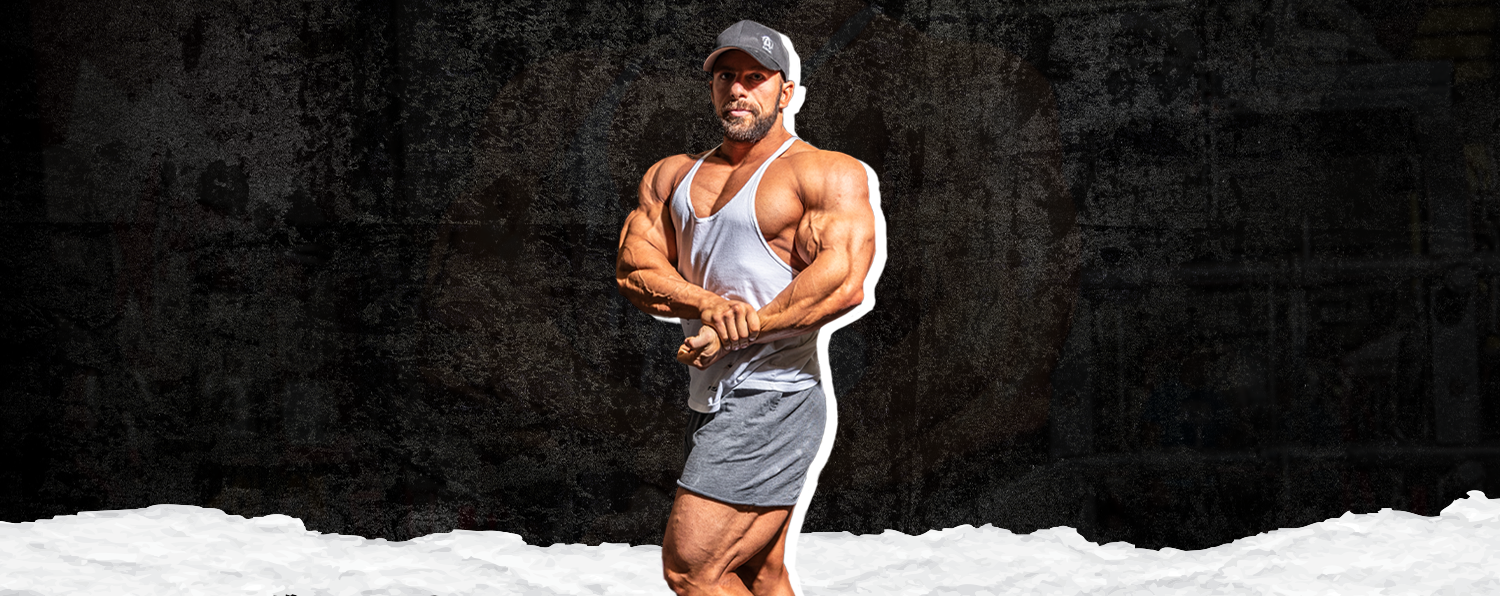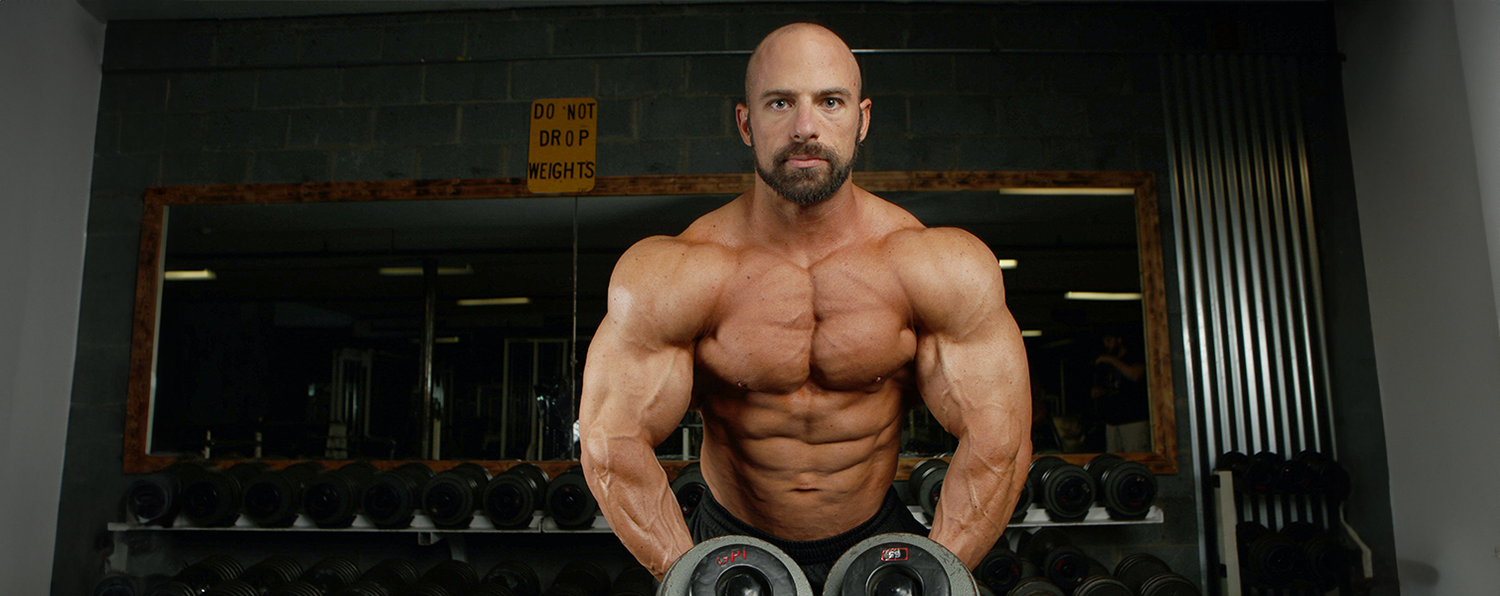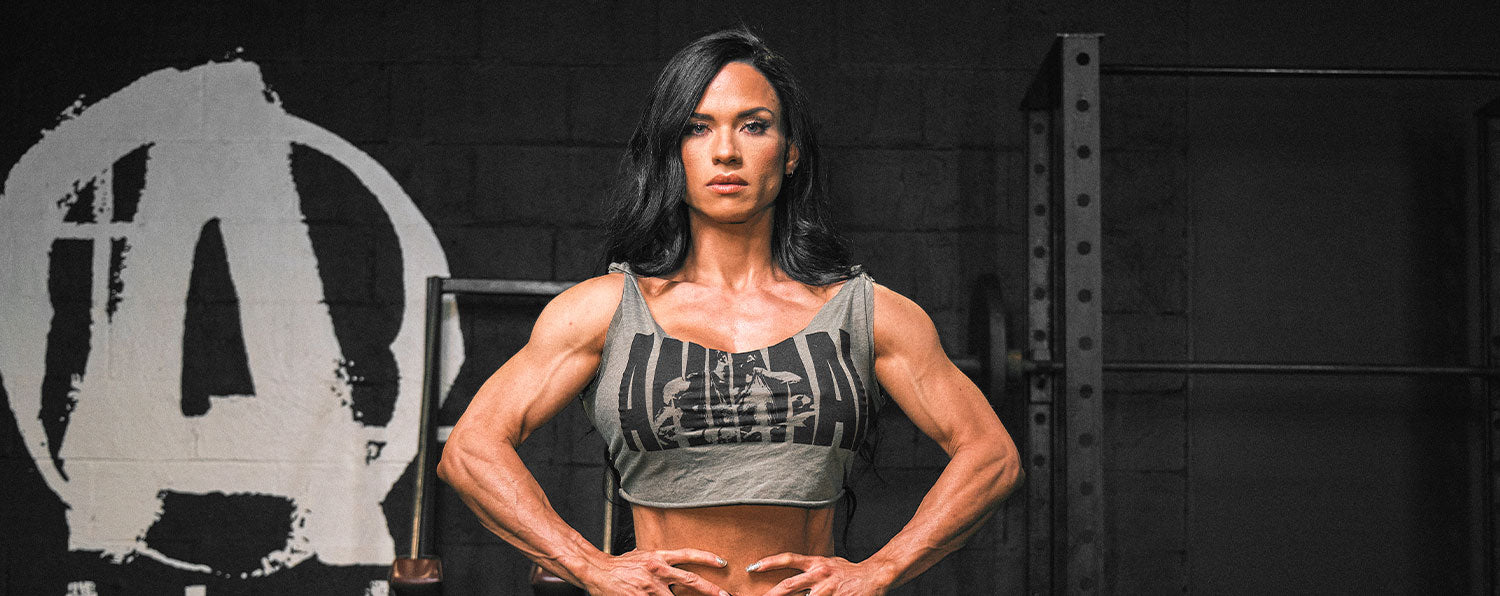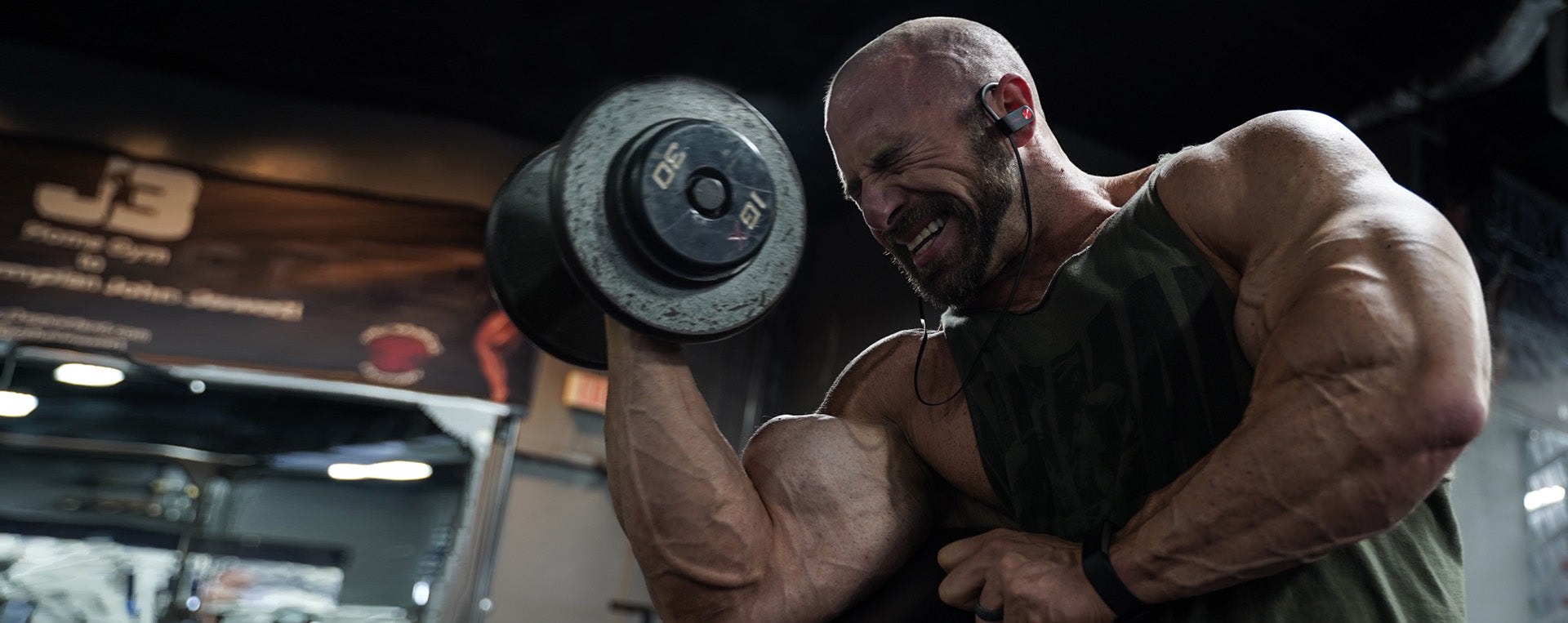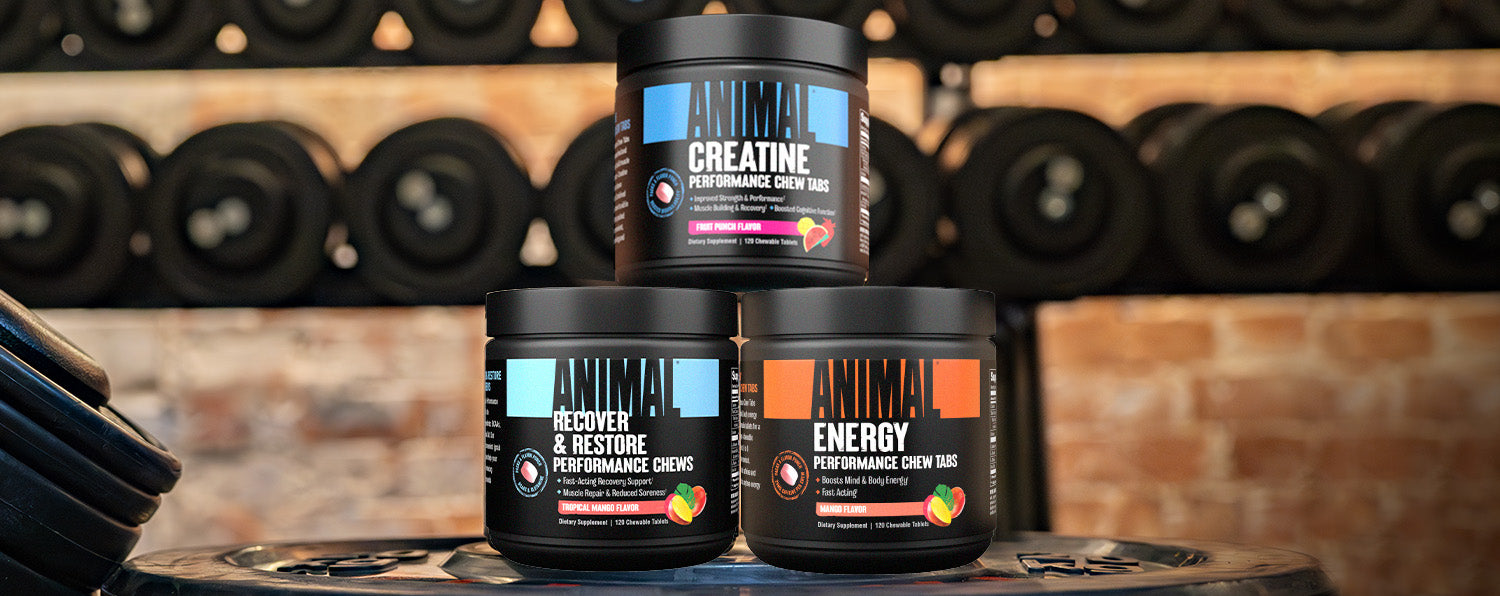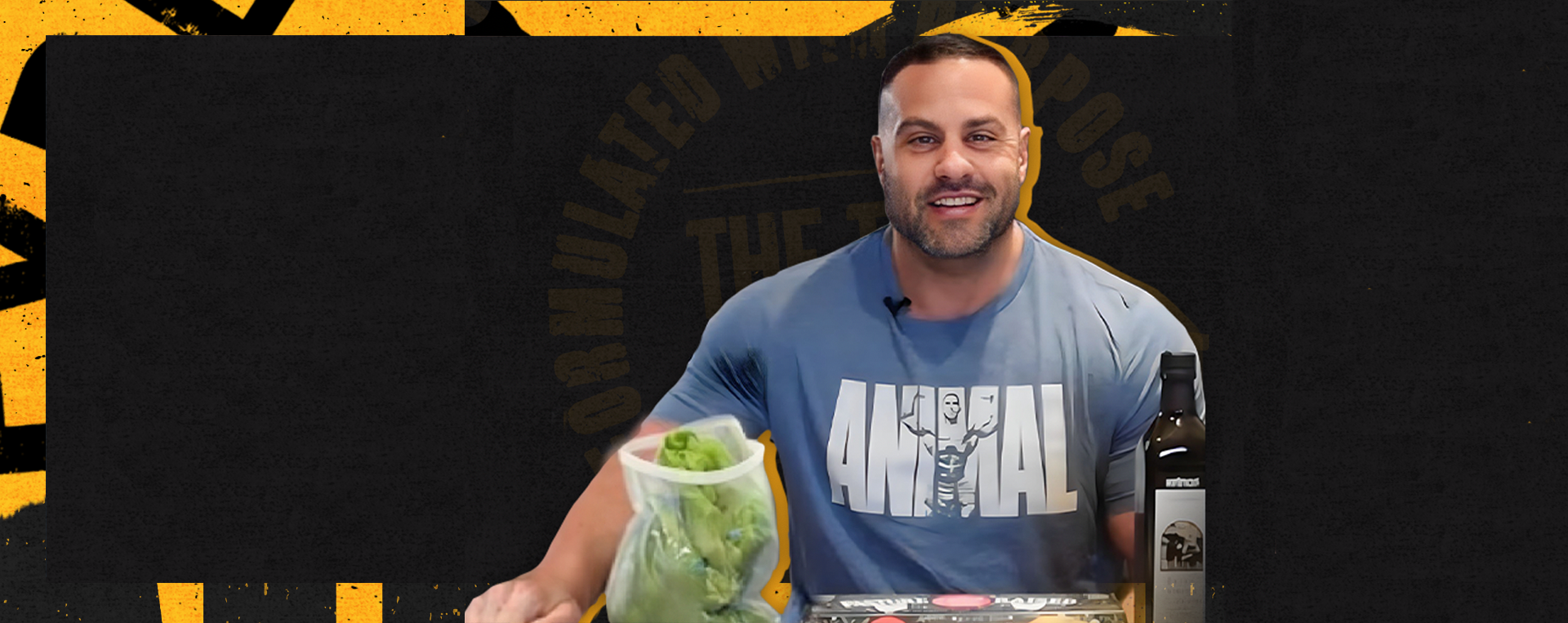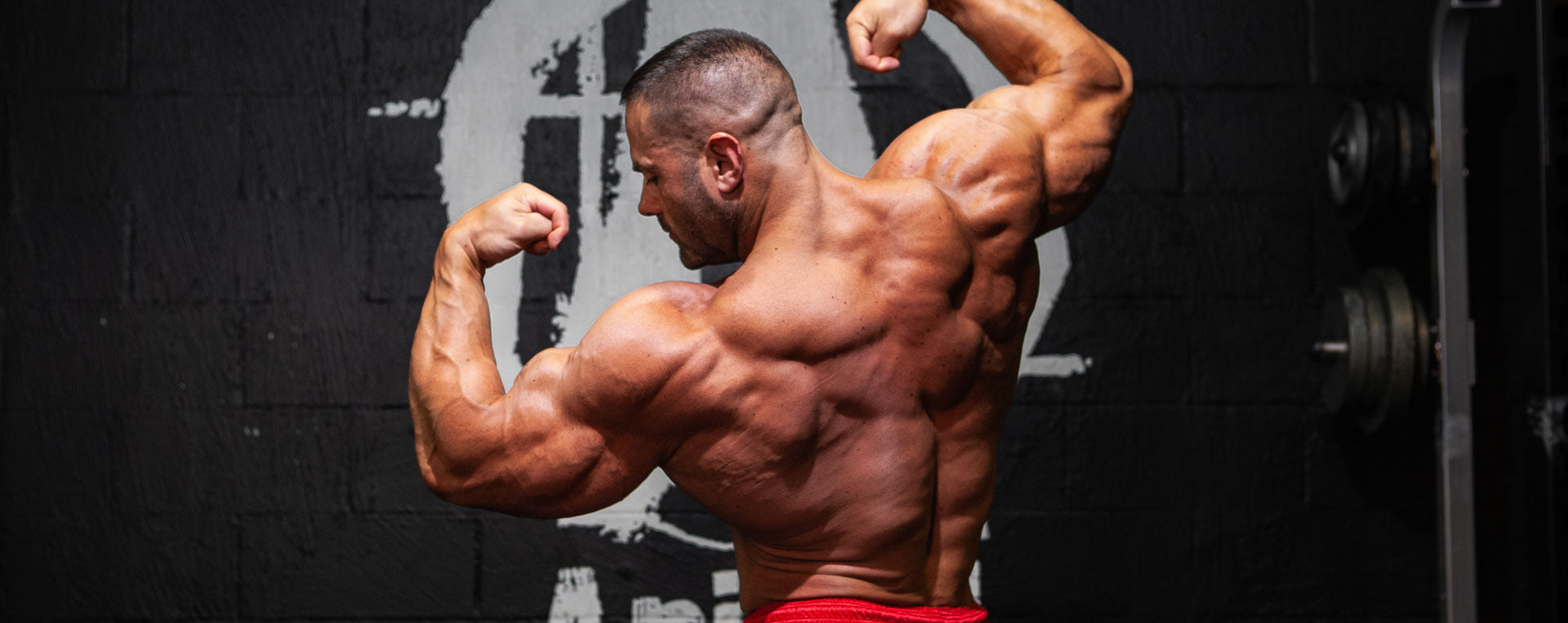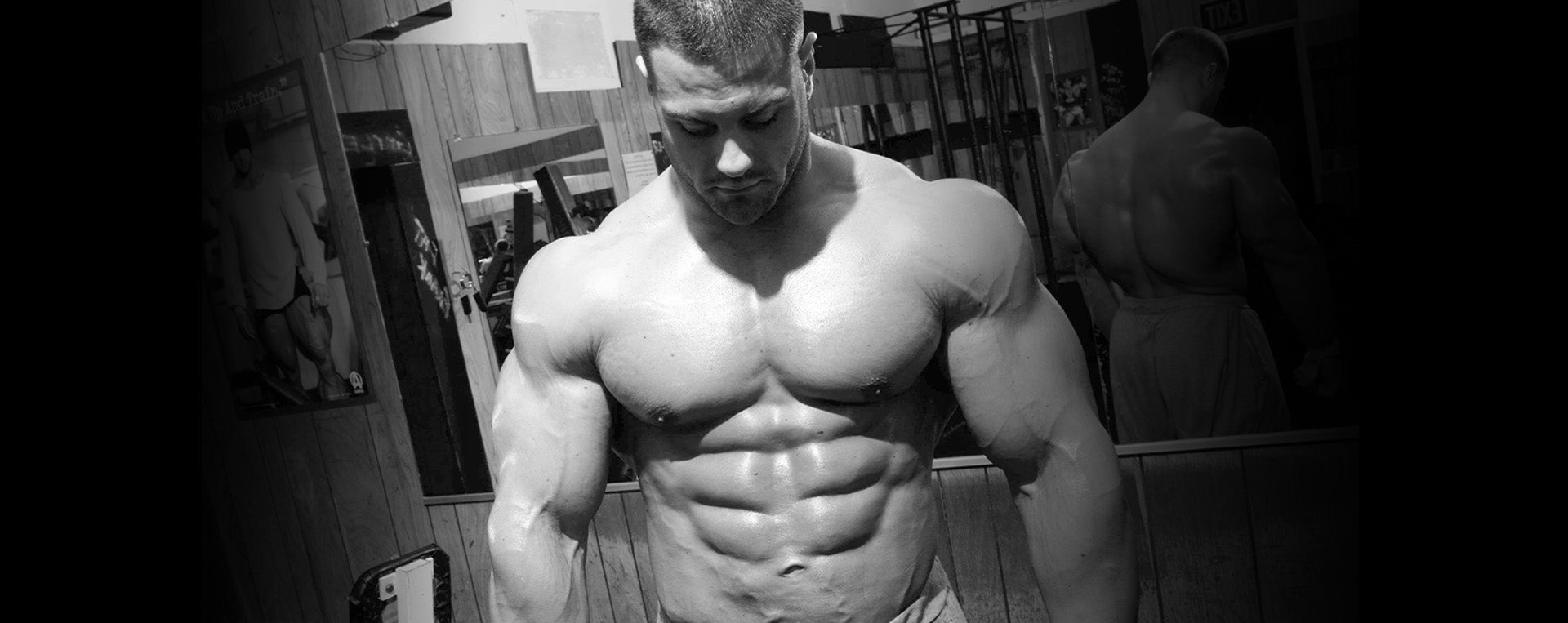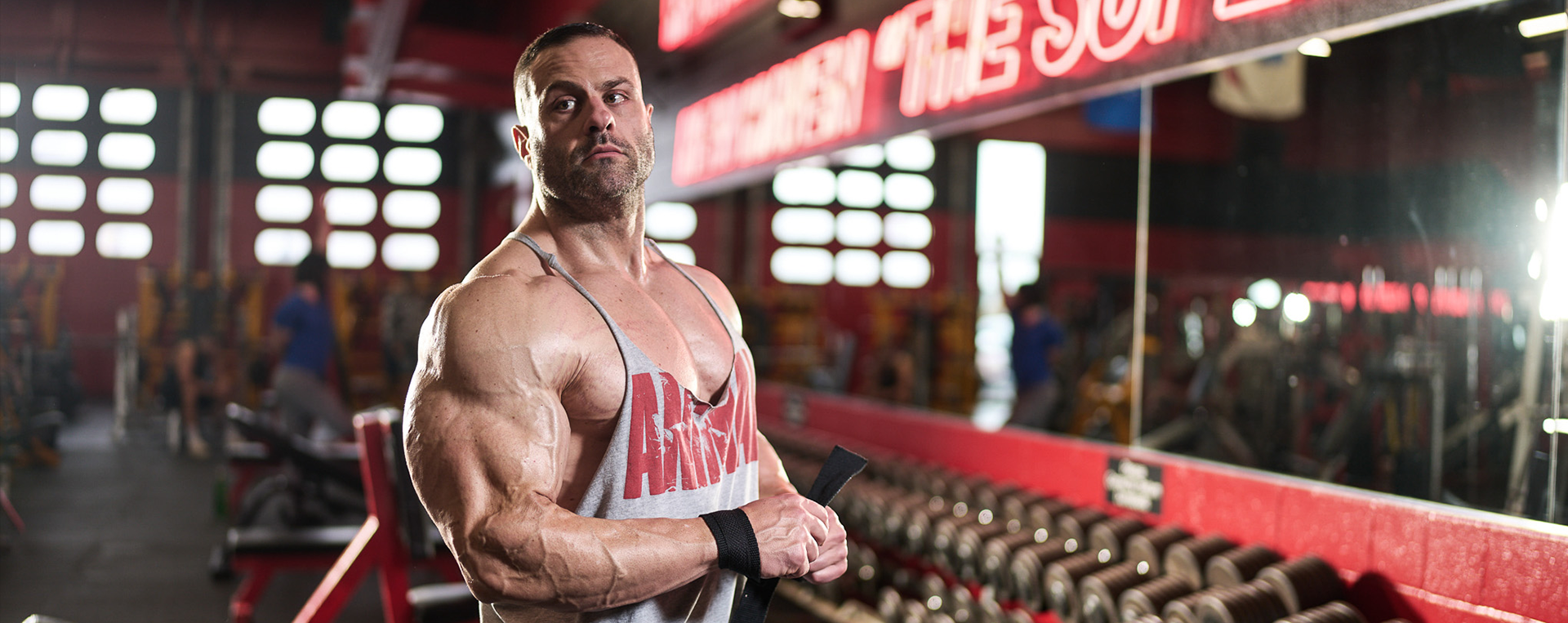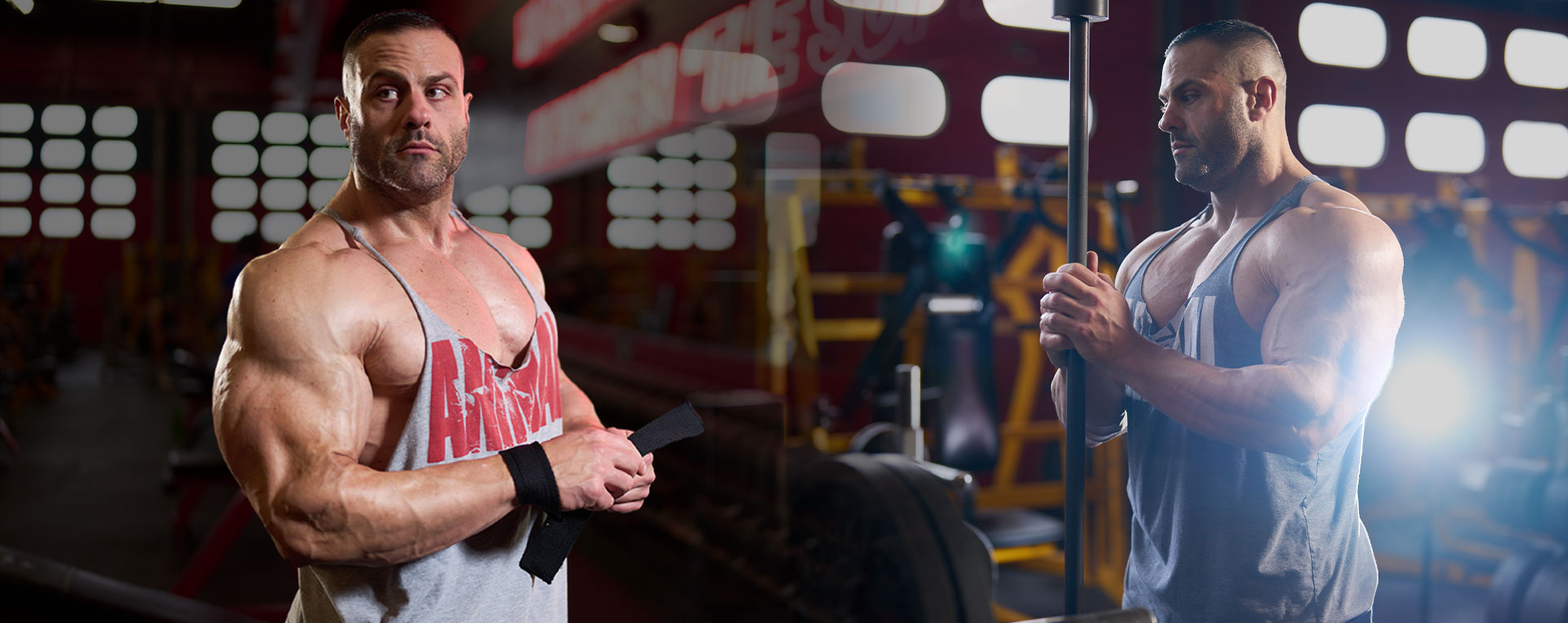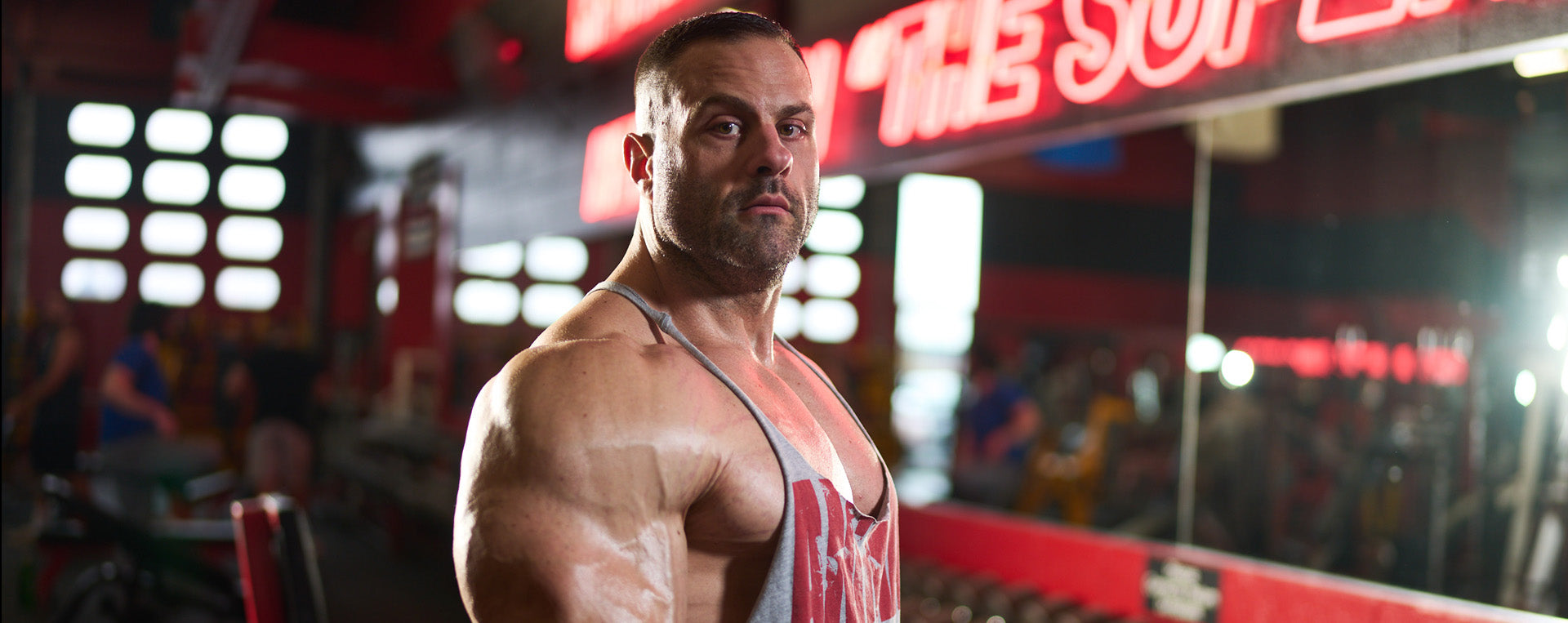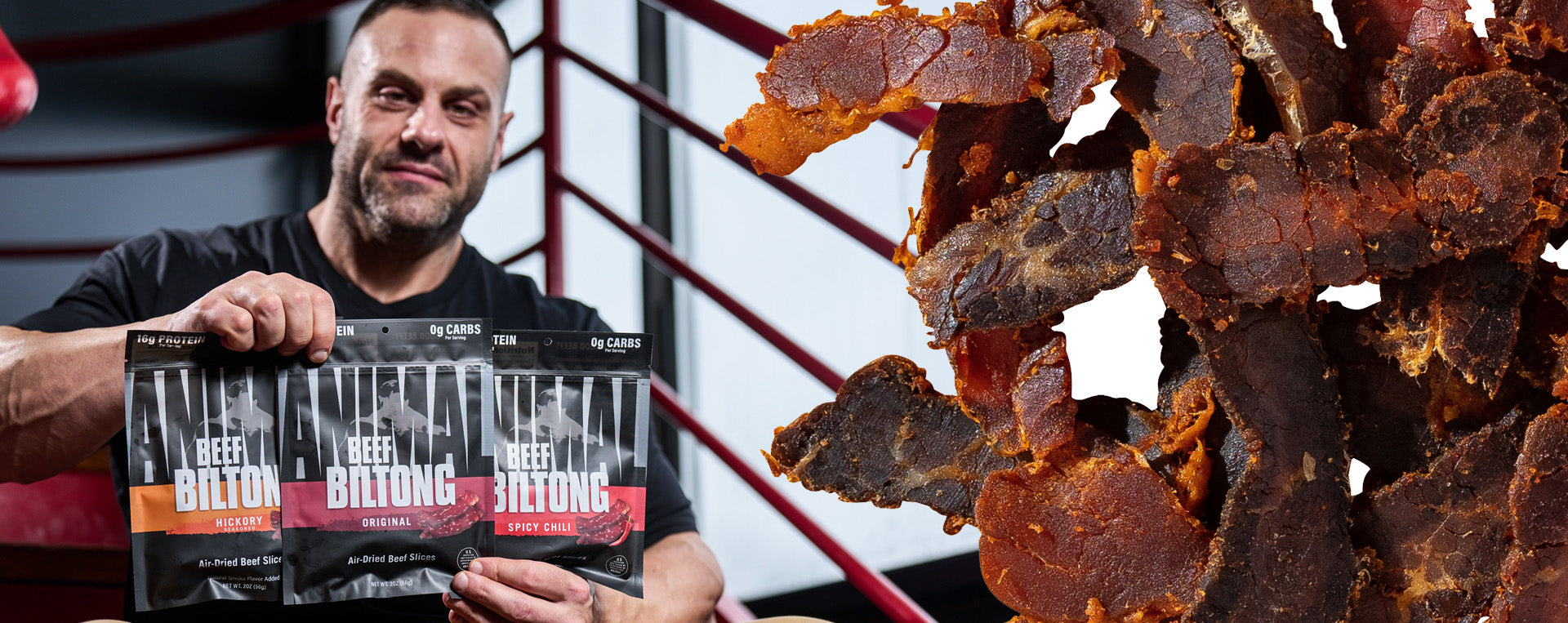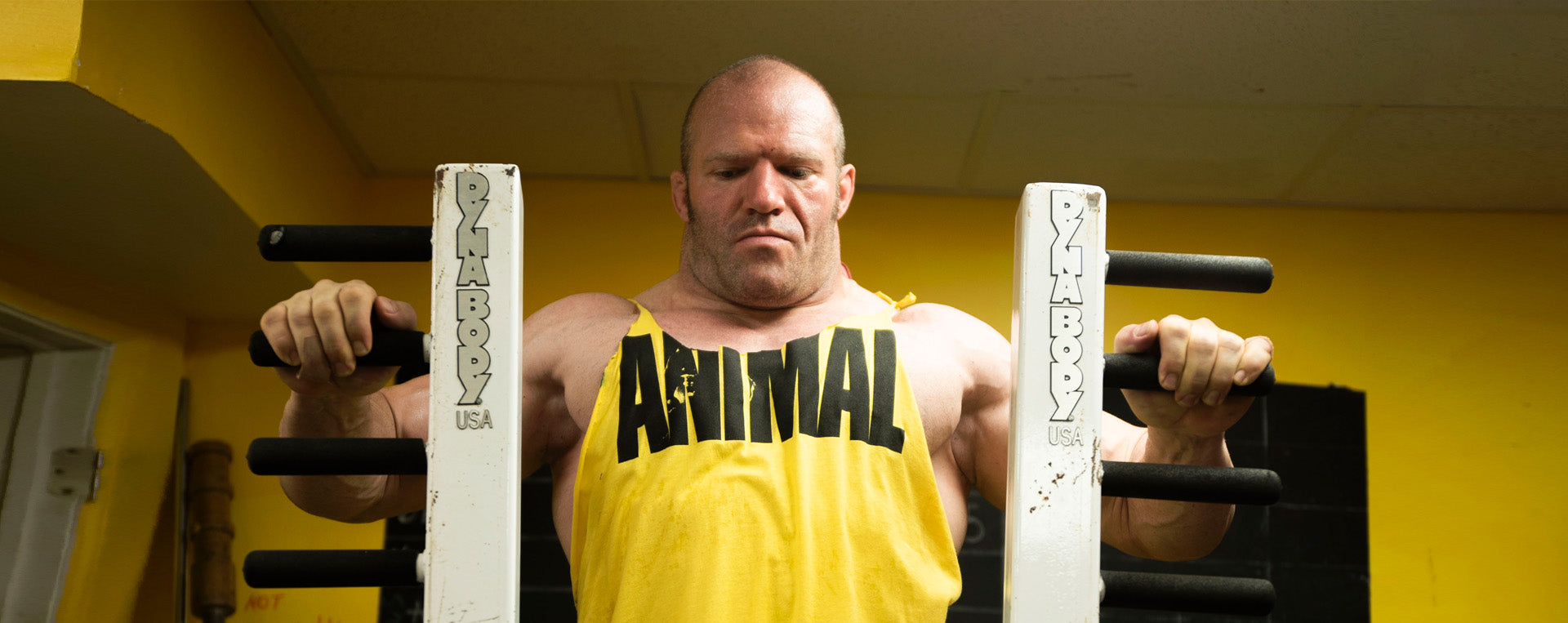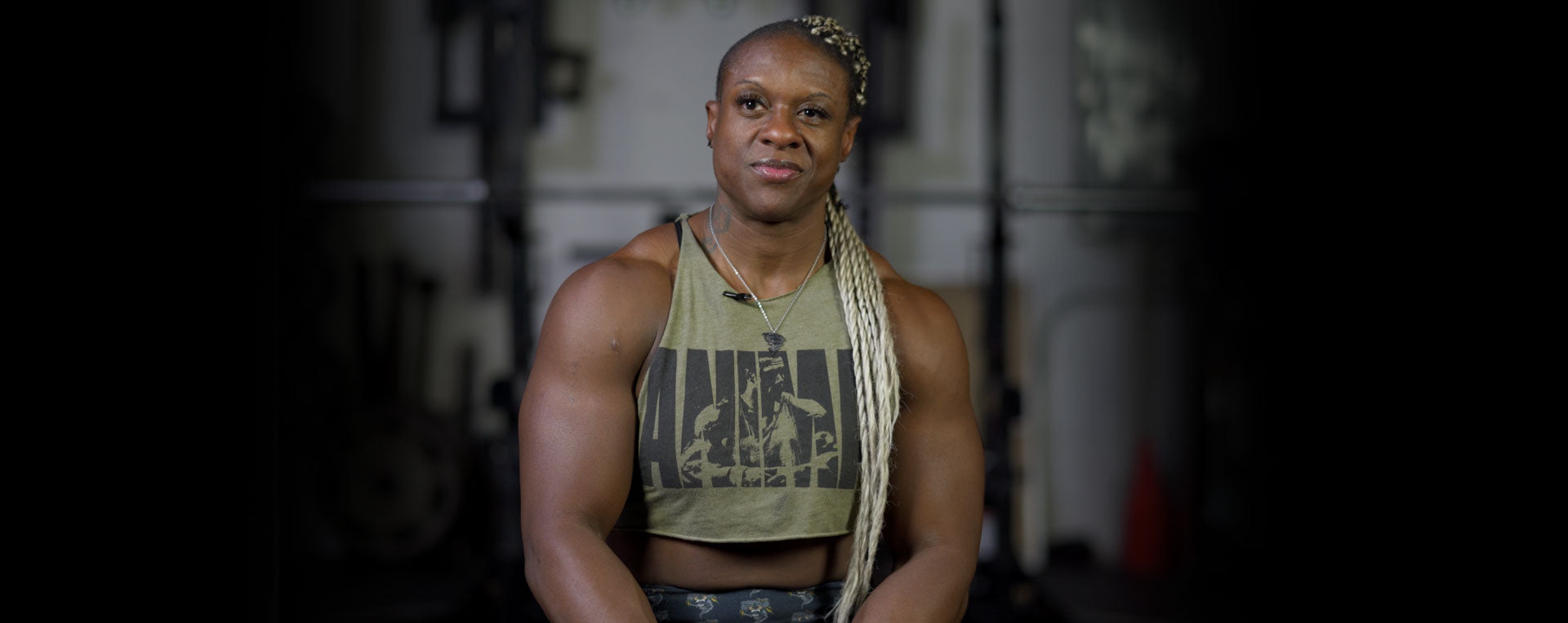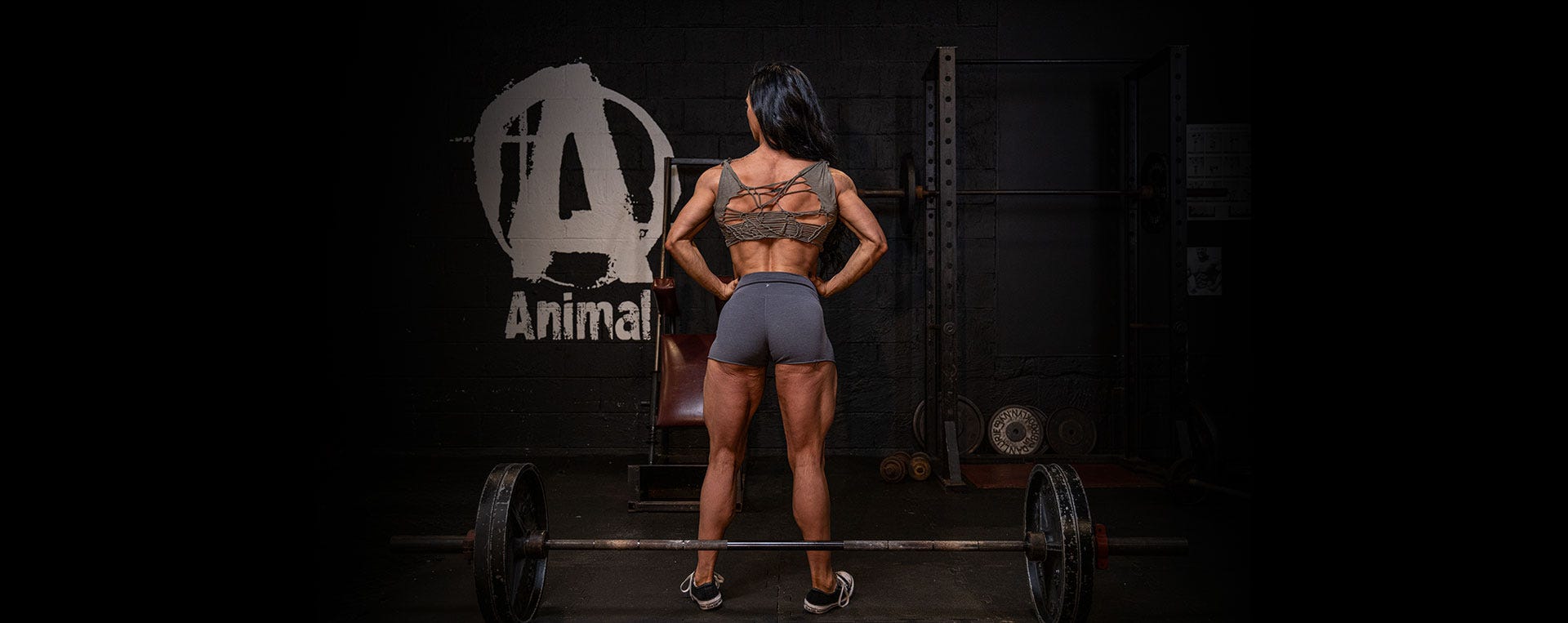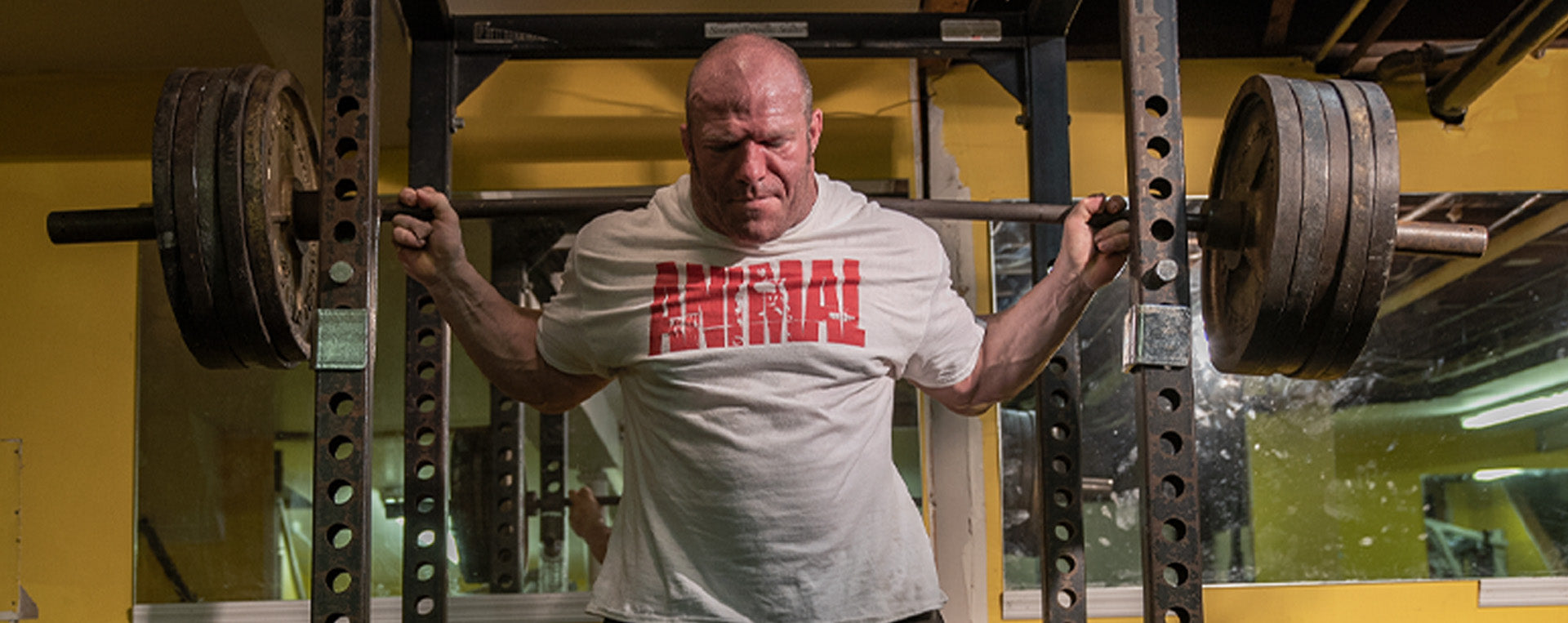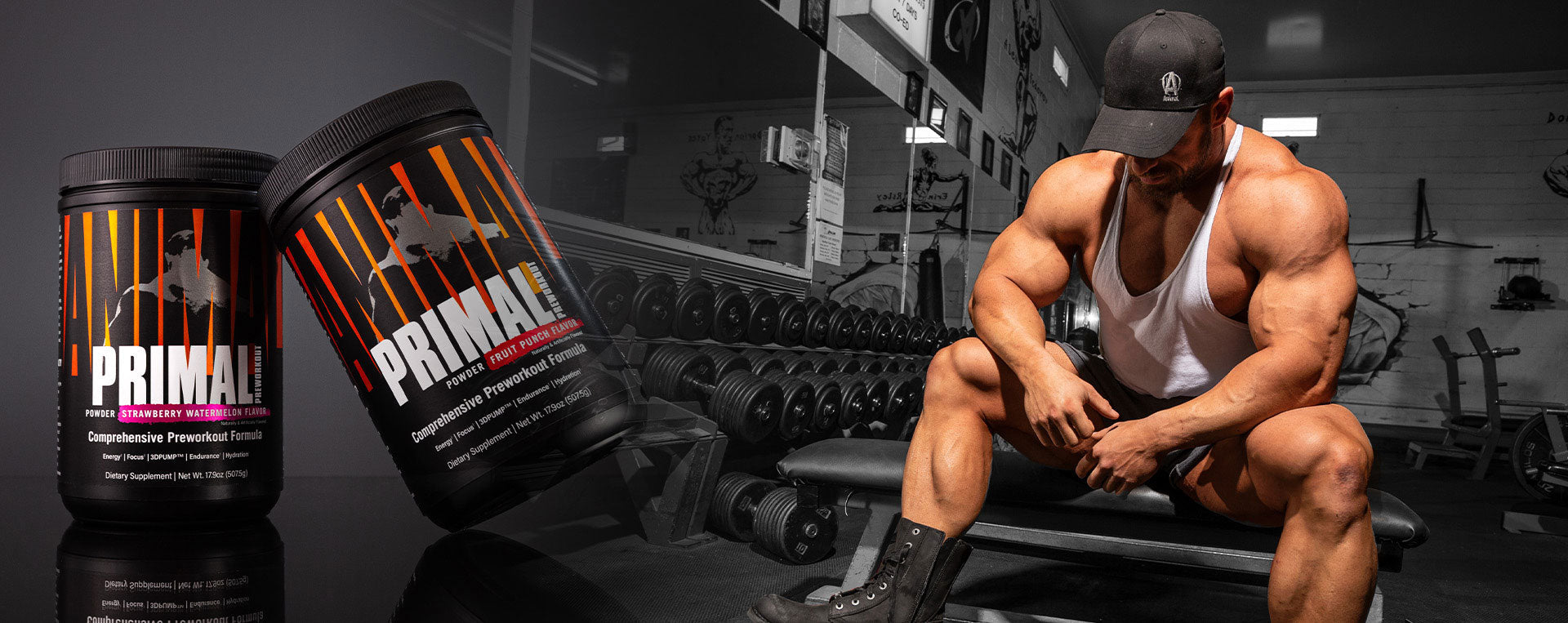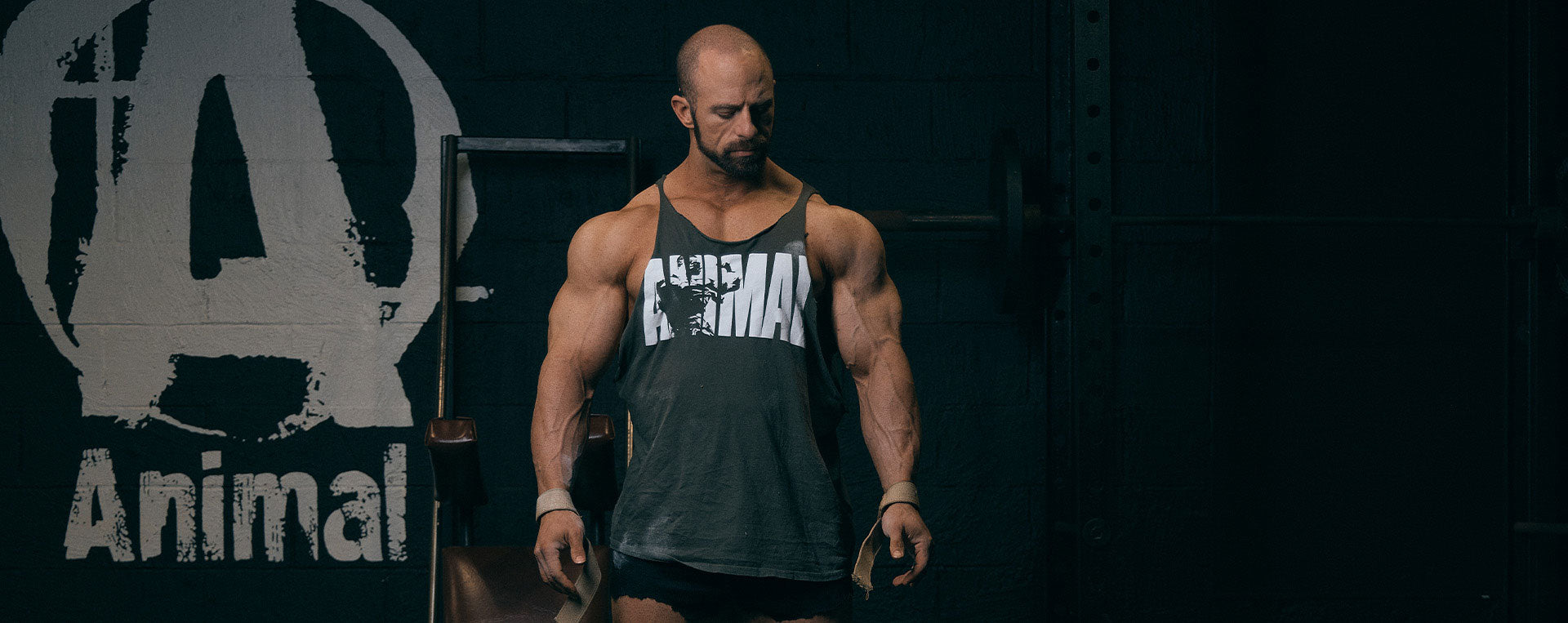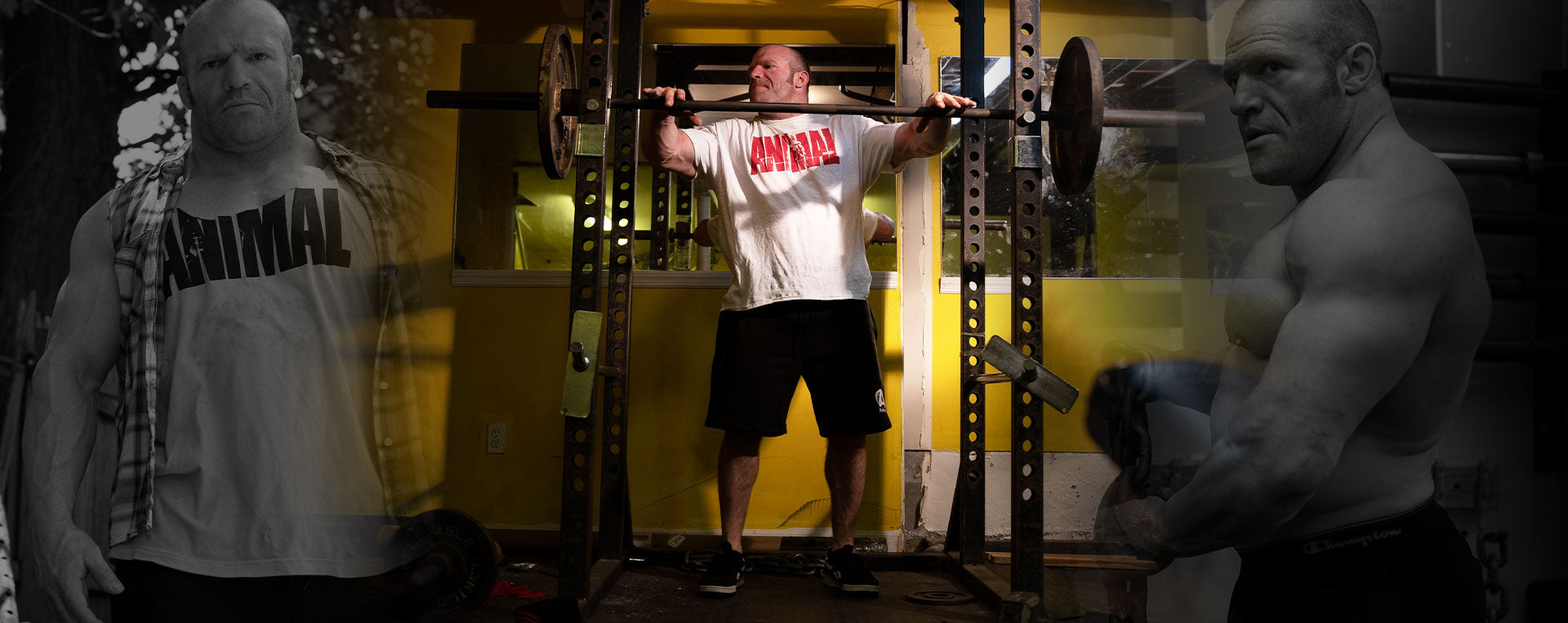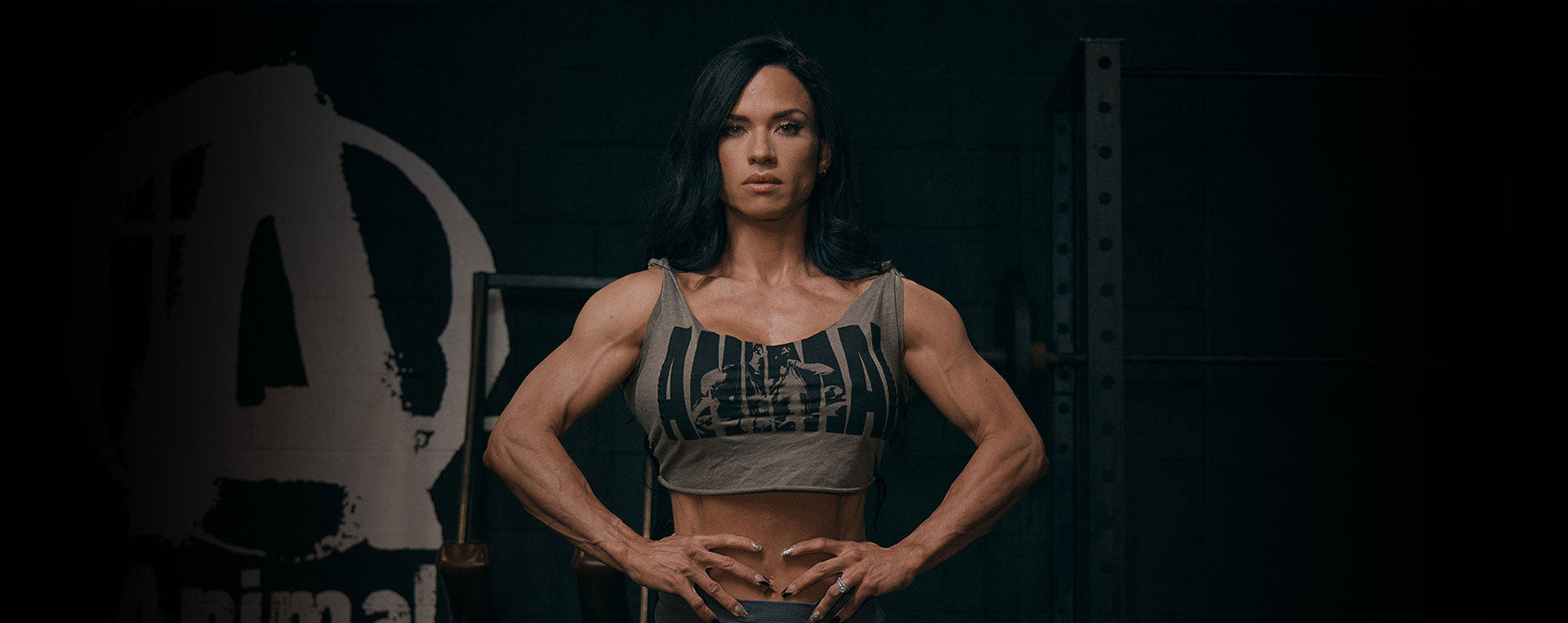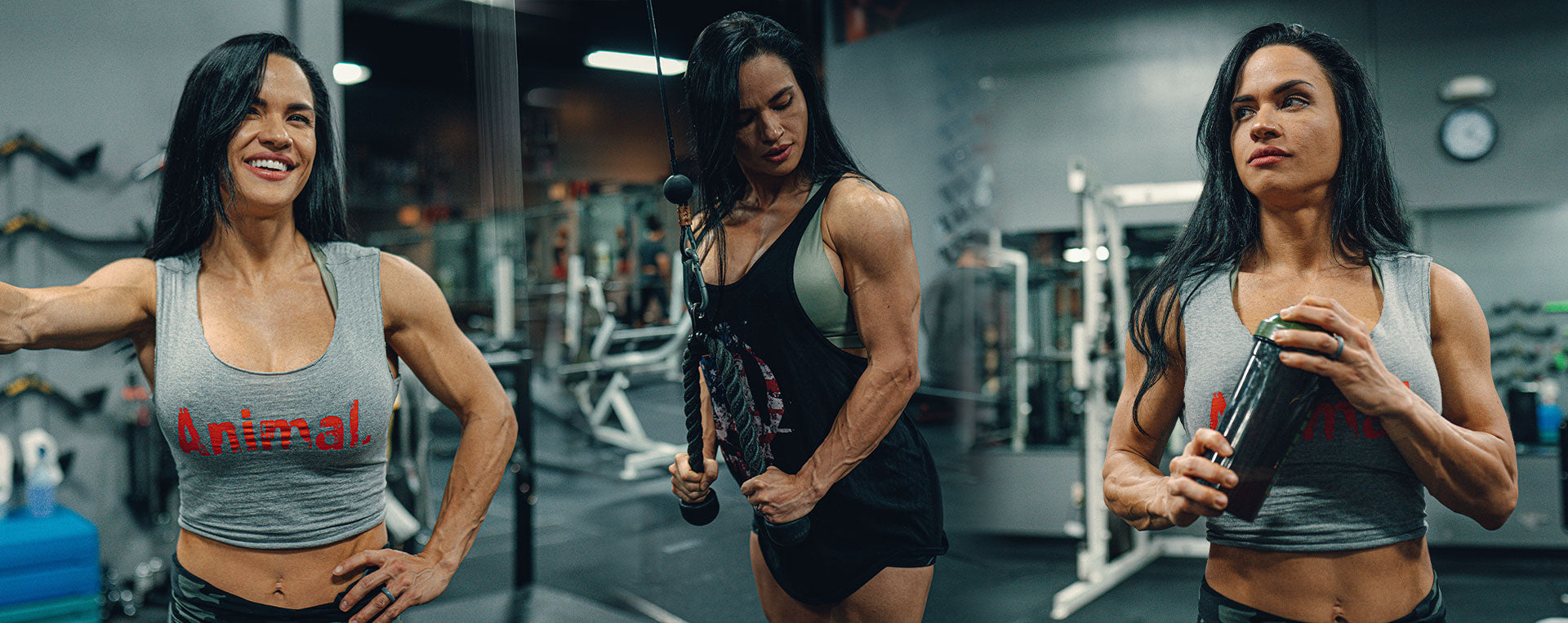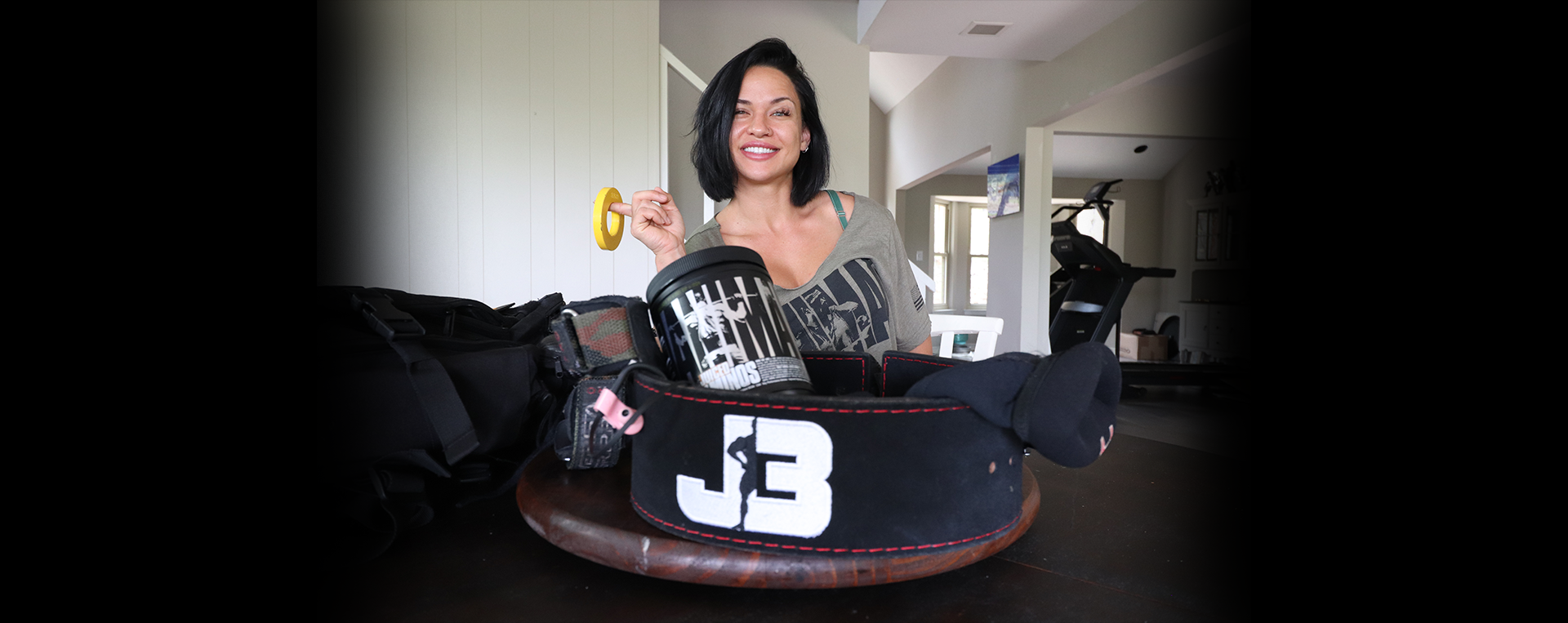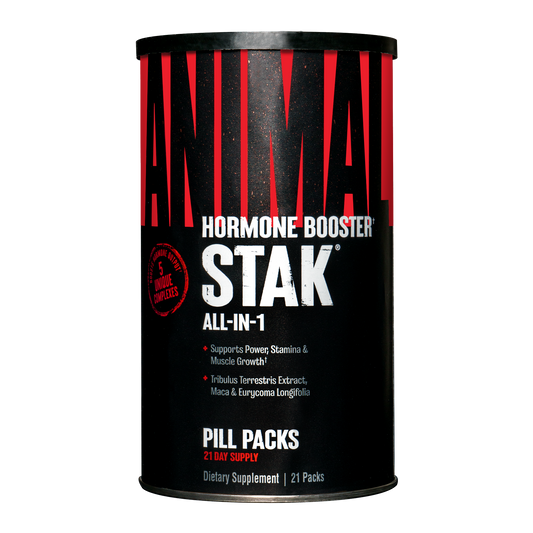Bodybuilding is nothing if not a game of balance. The end goal for each of us is a balanced physique where all muscle groups are maximally developed. Once we realize this, we almost always want to know how we can develop each muscle group to its maximum capacity. Of course, the answer is different for each individual. Every single one of us has experienced muscle growth with relative ease in some areas, while absolute stubbornness seems to plague other body parts. We must constantly ask ourselves if our goals are being met and adjust training frequency, volume, and intensity accordingly. Should we combine body parts into the same workout? How often should we train a lagging body part? How often should we train a dominant body? Should training reflect the relative dominance or weakness of a body part? Read on for some answers.
https://www.youtube.com/watch?v=1fRs3zBMFbU

When we first begin training, most of us try to train everything every day. We then quickly realize that we have to break things up in order to maximize the effort we dedicate to each body part without spending 3 hours in the gym. The most logical approach, in my opinion, is to consider the largest muscle groups of the body (chest, back, and legs) and schedule the week around those body parts, making sure to not combine them on the same day. Dedicating an entire training day to arms or shoulders is unnecessary for most individuals. Assuming chest and back are being adequately trained, you must consider the fact that both arms and shoulders are subjected to substantial stress. Back training inevitably places a great deal of stress on the biceps and rear delts, while chest training hits the front and medial delts as well as the triceps. On the same note, you also hit triceps should you elect to do some serious shoulder pressing for delts.
Combining shoulders and triceps training has several advantages. First, when arms and shoulders might be two training days, you can now simply add biceps to your chest or back training and free up a full day for rest or for additional training on a lagging body part. I strongly believe it makes more sense to split up leg training and give hamstrings and calves their own day, rather than trying to train the entire lower half of your body in one day. Further, by placing triceps after delts in one workout, triceps need even less attention, assuming you dedicate enough intensity to shoulder presses.

Based on my experience coaching and in my own training, less is often more. If you were to give triceps and shoulders their own training days, you would almost inevitably be in the gym 7 days a week. To never have at least one day of rest is foolish and is the enemy of balance. What’s more, in most instances, progress would suffer. Most people with lagging body parts begin training them with greater frequency in the hopes of bringing them up to speed. Unfortunately, most people are disappointed when this strategy falls flat. Increasing intensity almost always helps large muscle groups such as legs or back, but most people fail to do this because it’s difficult. They are more likely to train smaller muscle groups harder, like arms and delts, because this does not place as much overall strain on the body. When I suggest that people train these with less volume while keeping the intensity high, they often worry that these muscles will shrink. If the muscle group is biceps, triceps, or shoulders, then there is seldom reason to worry because, as I mentioned earlier, they are being met with a fair amount of stress already without direct training. So, when trained directly, you don’t need to take the same approach as you would with the larger body parts.

Everyone has a different response to training. The muscle groups that develop fairly easily in one person might not come so easily in another. People typically try to address this by doing more in training—through greater frequency or volume. Sometimes this is the answer, but based on what I’ve seen and what I’ve experienced firsthand, this is rarely the case. Smaller muscle groups like arms and shoulders are subjected to quite a bit of stress when training back and chest, so they often benefit from not being given too much attention. Rather than giving arms and delts their own days, try combining shoulders and triceps and adding your bicep training to your back or chest day. Use the extra day you’ve created to either eat and rest or give attention to body parts like hamstrings and calves (two body parts that often get the leftover scraps from a hard and heavy quad training session). Try it. You’ll be glad you did.

https://www.youtube.com/watch?v=1fRs3zBMFbU

When we first begin training, most of us try to train everything every day. We then quickly realize that we have to break things up in order to maximize the effort we dedicate to each body part without spending 3 hours in the gym. The most logical approach, in my opinion, is to consider the largest muscle groups of the body (chest, back, and legs) and schedule the week around those body parts, making sure to not combine them on the same day. Dedicating an entire training day to arms or shoulders is unnecessary for most individuals. Assuming chest and back are being adequately trained, you must consider the fact that both arms and shoulders are subjected to substantial stress. Back training inevitably places a great deal of stress on the biceps and rear delts, while chest training hits the front and medial delts as well as the triceps. On the same note, you also hit triceps should you elect to do some serious shoulder pressing for delts.
Combining shoulders and triceps training has several advantages. First, when arms and shoulders might be two training days, you can now simply add biceps to your chest or back training and free up a full day for rest or for additional training on a lagging body part. I strongly believe it makes more sense to split up leg training and give hamstrings and calves their own day, rather than trying to train the entire lower half of your body in one day. Further, by placing triceps after delts in one workout, triceps need even less attention, assuming you dedicate enough intensity to shoulder presses.

Based on my experience coaching and in my own training, less is often more. If you were to give triceps and shoulders their own training days, you would almost inevitably be in the gym 7 days a week. To never have at least one day of rest is foolish and is the enemy of balance. What’s more, in most instances, progress would suffer. Most people with lagging body parts begin training them with greater frequency in the hopes of bringing them up to speed. Unfortunately, most people are disappointed when this strategy falls flat. Increasing intensity almost always helps large muscle groups such as legs or back, but most people fail to do this because it’s difficult. They are more likely to train smaller muscle groups harder, like arms and delts, because this does not place as much overall strain on the body. When I suggest that people train these with less volume while keeping the intensity high, they often worry that these muscles will shrink. If the muscle group is biceps, triceps, or shoulders, then there is seldom reason to worry because, as I mentioned earlier, they are being met with a fair amount of stress already without direct training. So, when trained directly, you don’t need to take the same approach as you would with the larger body parts.

Everyone has a different response to training. The muscle groups that develop fairly easily in one person might not come so easily in another. People typically try to address this by doing more in training—through greater frequency or volume. Sometimes this is the answer, but based on what I’ve seen and what I’ve experienced firsthand, this is rarely the case. Smaller muscle groups like arms and shoulders are subjected to quite a bit of stress when training back and chest, so they often benefit from not being given too much attention. Rather than giving arms and delts their own days, try combining shoulders and triceps and adding your bicep training to your back or chest day. Use the extra day you’ve created to either eat and rest or give attention to body parts like hamstrings and calves (two body parts that often get the leftover scraps from a hard and heavy quad training session). Try it. You’ll be glad you did.



